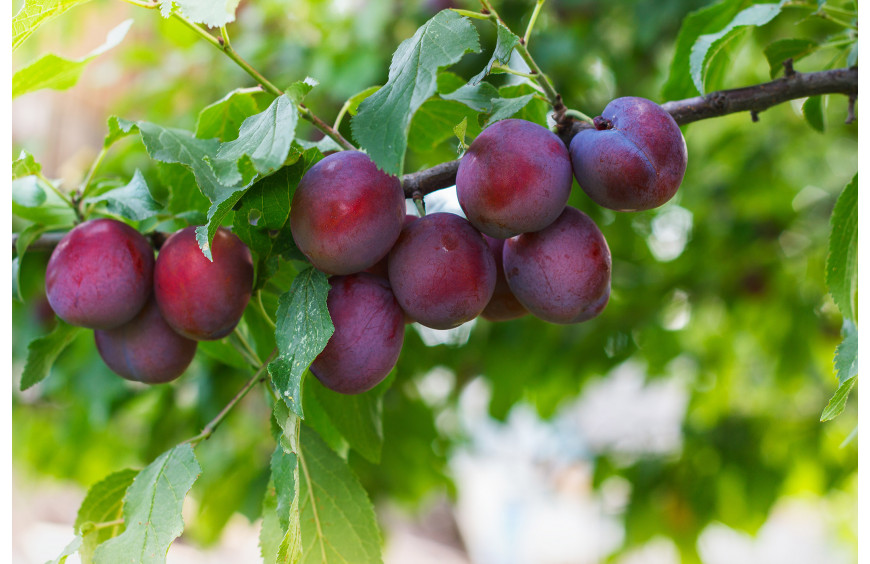Project Report For Plum Farming
Introduction
Project report for plum farming is as follows.
Plum farming in India is a significant agricultural activity, with the country producing a variety of plums, including the black, red, and yellow varieties. The fruit is grown primarily in the northern and northeastern regions of the country, with the states of Himachal Pradesh, Uttar Pradesh, and Uttarakhand being the major plum-producing states.
Plums are typically grown on small to medium-sized farms, with the majority of farmers being small and marginal. The trees are usually grown under rain-fed conditions, although irrigation is becoming increasingly common. Plum trees require well-drained soils and a cool climate, and they can be grown at elevations ranging from sea level to 2,500 meters above sea level.

The most common variety of plum grown in India is the Santa Rosa plum, which is a large, red fruit with a sweet taste and a firm texture. Other popular varieties include the Angeleno, the Satsuma, and the Formosa.
In India, plums are primarily grown for the fresh fruit market, with a small portion of the crop being processed into jams, jellies, and preserves. The fruit is also used in the production of wine and brandy.
Get Completely Custom Bankable Project Report
Plum farming in India is a relatively new but rapidly growing industry, driven by increasing demand for fruit and favorable climatic conditions in the regions where plums are grown. The European plum is the most commonly grown variety and is used for both fresh consumptions and for processing into jams, jellies, and other value-added products.
The cultivation of plums in India is done using a combination of modern and traditional methods, with the main stages of cultivation including land preparation, planting, irrigation, fertilization, pruning, and harvesting.
Market Potential Of Plum Farming
The production of plums reached USD 12.6 million tonnes worldwide, with China accounting for 56% of the total. And it is anticipated to grow at a rapid rate of 4.9% between 2022 and 2029.
The export market for Indian plums is also expanding. The fruit is in demand in countries such as the United States, the United Kingdom, and the Middle East countries. India has a comparative advantage in exporting plums as the fruit is available at a relatively lower price compared to other countries. In addition, India has a diverse range of plum varieties, which are in demand in the international market.
Expenses

Product Cost Breakup

Reveneue Vs Expenses

Market Trend

The Indian government is also promoting the cultivation of plums by providing various schemes and subsidies to the farmers. For example, the government is providing financial assistance to the farmers for purchasing plum saplings, as well as for building irrigation and cold storage facilities. This is expected to increase the production of plums in India and help the farmers to increase their income.
The market potential for plum farming in India is significant. The demand for plums is increasing in India, driven by the growing health consciousness among consumers and the increasing awareness of the health benefits of consuming plums.
The Indian government is promoting the cultivation of plums by providing various schemes and subsidies to the farmers, which is expected to increase the production of plums in India. Additionally, the export of plums is also expected to increase in the future, which will provide an additional source of income for the farmers.
